Yesterday, I reported on the results on simulations of a Zeiss Otus 55/1.4 at various f-stops, and showed how MTF-50 values translated into picture sharpness with simulated photographs.
Today I’ll do something similar, but varying motion blur instead of f-stop. I set up the sim with the pixel pitch set to 4.88 um (same as a7R or D800 or D810), and a simulated Zeiss Otus lens, at f/5.6. For the motion blur, I assumed constant rate with displacement 1, 1.4, 2, etc pixels at a 45 degree angle, and calculated MTF50 in cycles/picture height.
The MTF50 numbers:
Here’s what the full frame would look like:
And here are the simulated 1:1 crops, blown up to 300%:
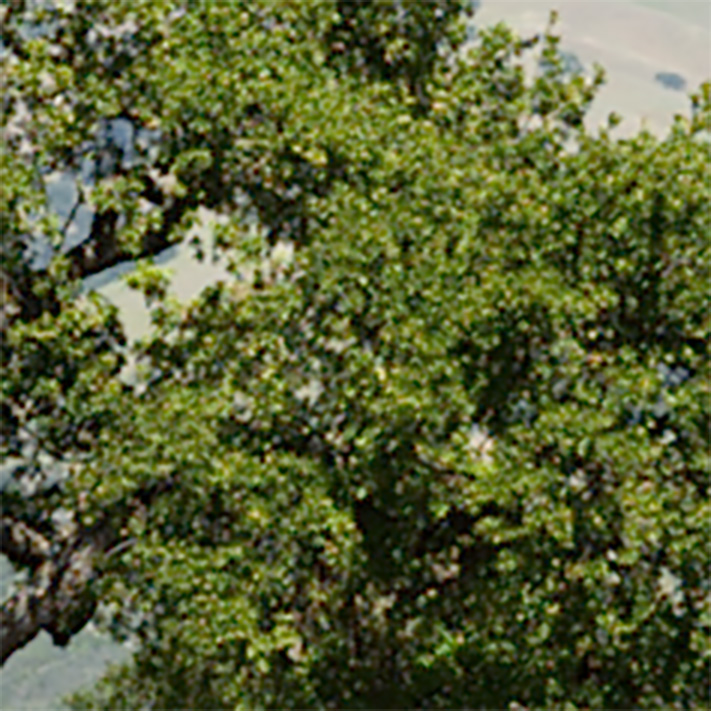
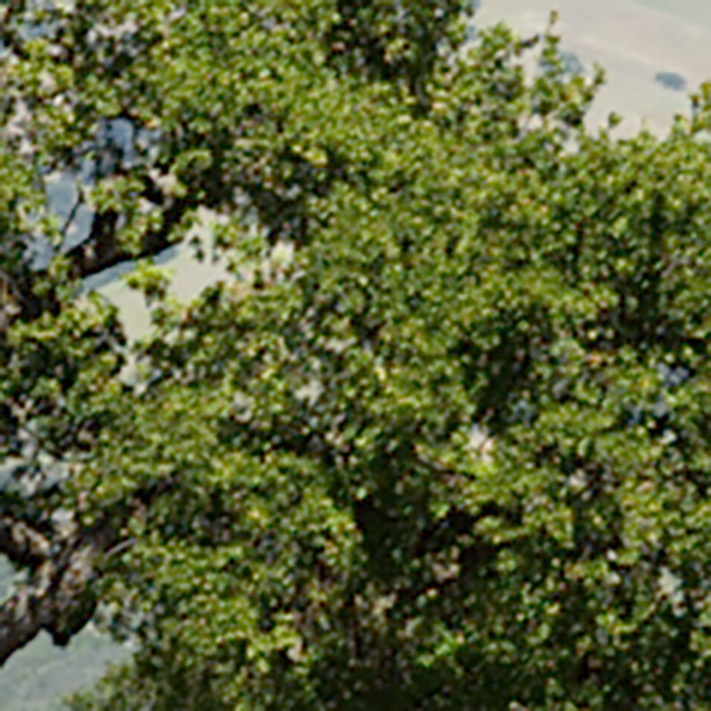
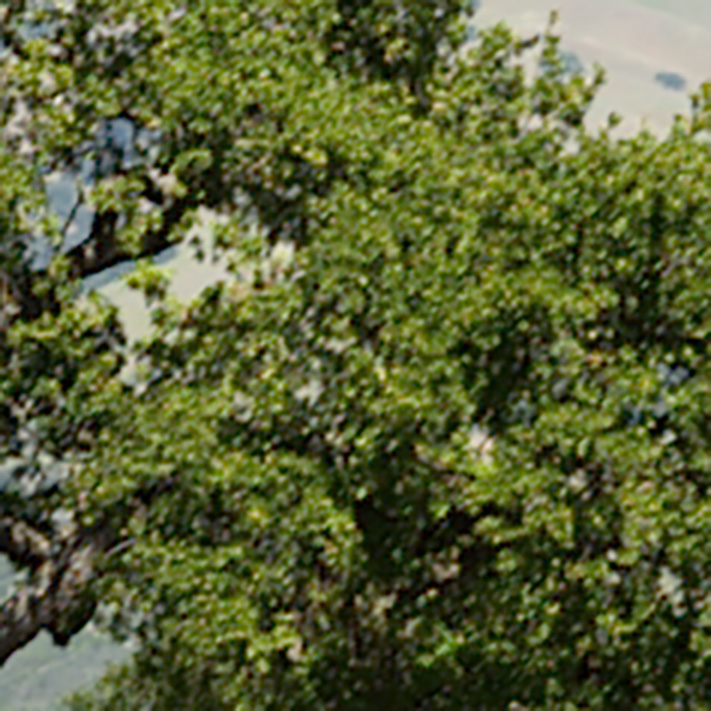
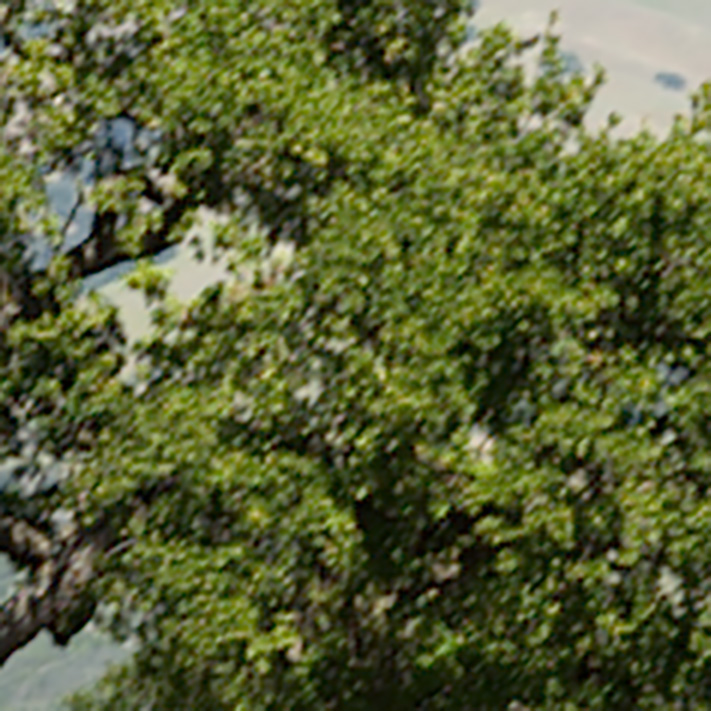
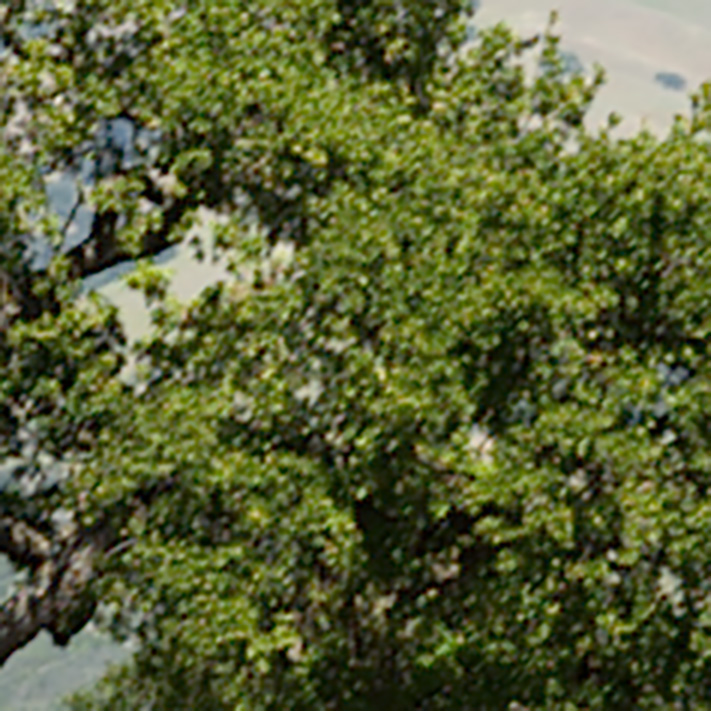
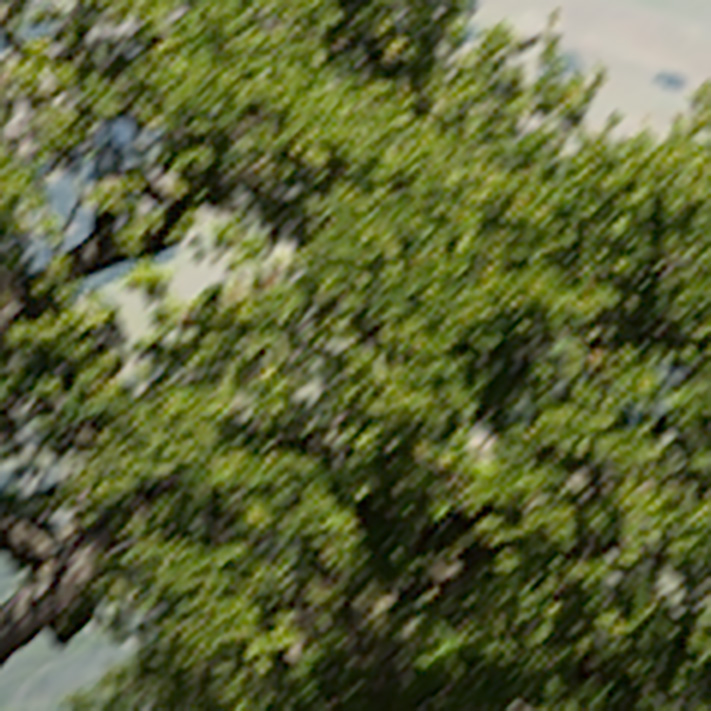
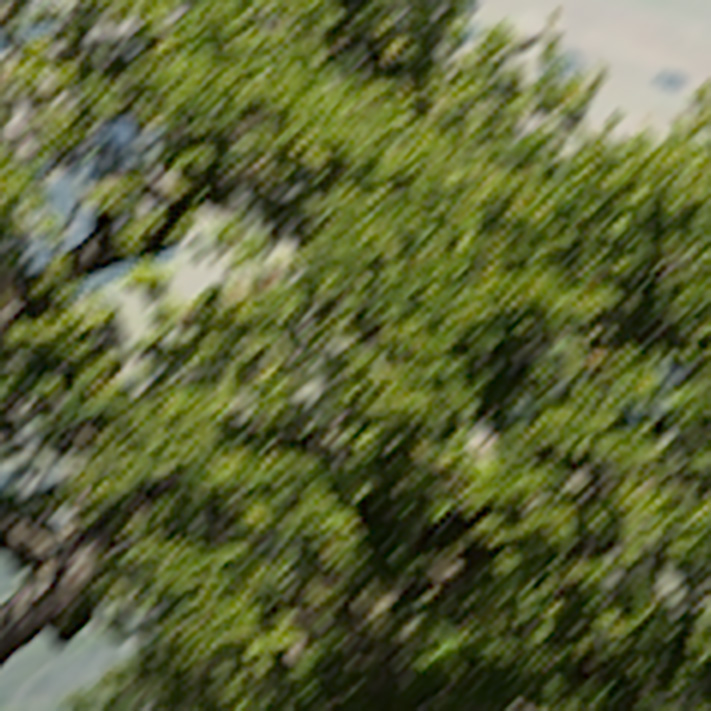
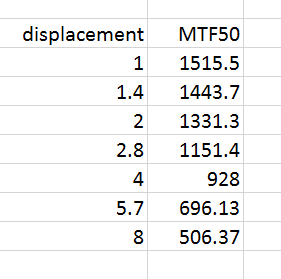
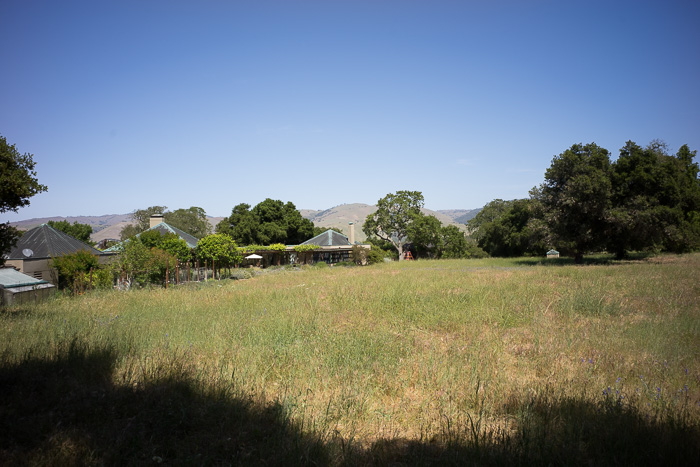
[…] occurs to me that, with the images from yesterday’s post, we now have a way to, through the magic of simulation, do that very […]